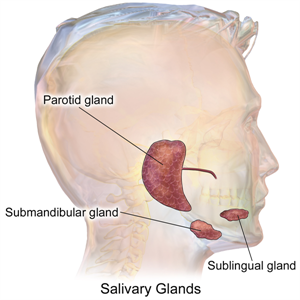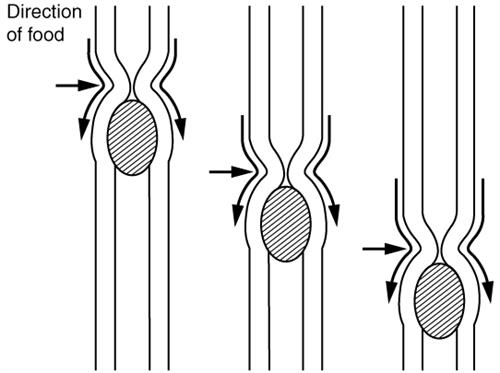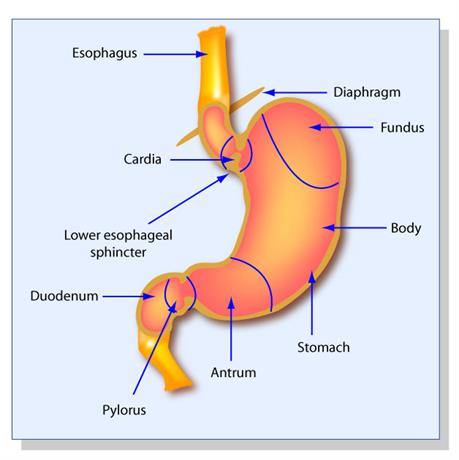
PUMPA - SMART LEARNING
எங்கள் ஆசிரியர்களுடன் 1-ஆன்-1 ஆலோசனை நேரத்தைப் பெறுங்கள். டாப்பர் ஆவதற்கு நாங்கள் பயிற்சி அளிப்போம்
Book Free DemoSalivary glands
These are the exocrine glands involved in producing saliva through a system of ducts in mammals. The mouth cavity comprises of three pairs of salivary glands in the mouth cavity. They are as follows:
- Parotid glands
- Sublingual glands
- Submaxillary or submandibular glands

Salivary glands
Parotid glands:
The term parotid is derived from a Greek word in which 'Par' refers to near and 'otid' refers to ear. These are the largest salivary glands that are found in the cheeks in front of the ears.
Sublingual glands:
These are the smallest glands that lie beneath the tongue.
These glands lie at the angles of the lower jaw.
Tongue
It's a muscular, sensory organ that blends food and saliva (viscous fluid secreted by the salivary glands). It consists of taste buds, which are structures that help us to recognise the taste of food.
Masticated food in the buccal cavity forms a bolus, rolled by the tongue and swallowed through the pharynx and into the oesophagus. During swallowing, the food is prevented from entering into the trachea or windpipe by closing a muscular flap-like structure known as the epiglottis.

Different tastes of a tongue
Pharynx
The pharynx is a membrane-lined cavity that connects the nose and mouth to the oesophagus. It functions as a pathway for the food from the mouth to the oesophagus.
Oesophagus
The oesophagus or the food pipe is a \(22\)cm long muscular-membranous canal.
The food from the pharynx is moved to the stomach through the oesophagus by peristalsis.
It is a wave-like movement that is caused due to the rhythmic contraction and relaxation of the muscular walls of the alimentary canal.

Peristalsis
Stomach
It is a large, muscularJ-shaped organ that is found between the oesophagus and the small intestine.

Stomach
Gastric glands secrete gastric juice in the stomach's inner walls. This juice is colourless, strongly acidic and contains mucus, hydrochloric acid, and the enzymes rennin (in infants) and pepsin.
Pepsin is an enzyme formed due to the activation of inactive pepsinogen. In its active form, pepsin acts on the proteins in the ingested food. The hydrochloric acid (\(HCl\)) secreted activates the inactive pepsinogen and, kills the bacteria ingested with the food and creates an acidic medium.
Important!
The mucus protects the wall of the stomach.
Due to the action of gastric juice and the churning of food in the stomach, the bolus of food is converted into a semi-digested food called chyme that flows slowly through the pylorus to the intestine.
Important!
There is often a confusion with the enzymes rennin and renin.
- Rennin is an enzyme that causes the curdling of milk protein casein and increases the digestion of proteins.
- Renin is an enzyme that converts angiotensinogen to angiotensin and regulates the absorption of water and \(Na^+\) from glomerular filtrate.
Reference:
https://upload.wikimedia.org/wikipedia/commons/e/ef/2404_PeristalsisN.jpg
https://www.flickr.com/photos/juggernautco/7149722863
https://commons.wikimedia.org/wiki/File:Blausen_0780_SalivaryGlands.png